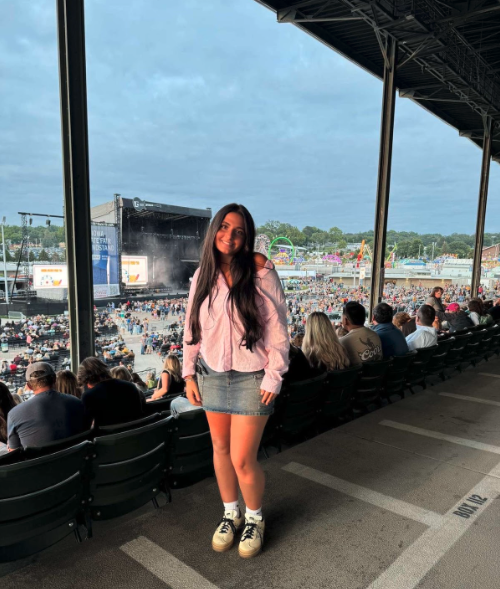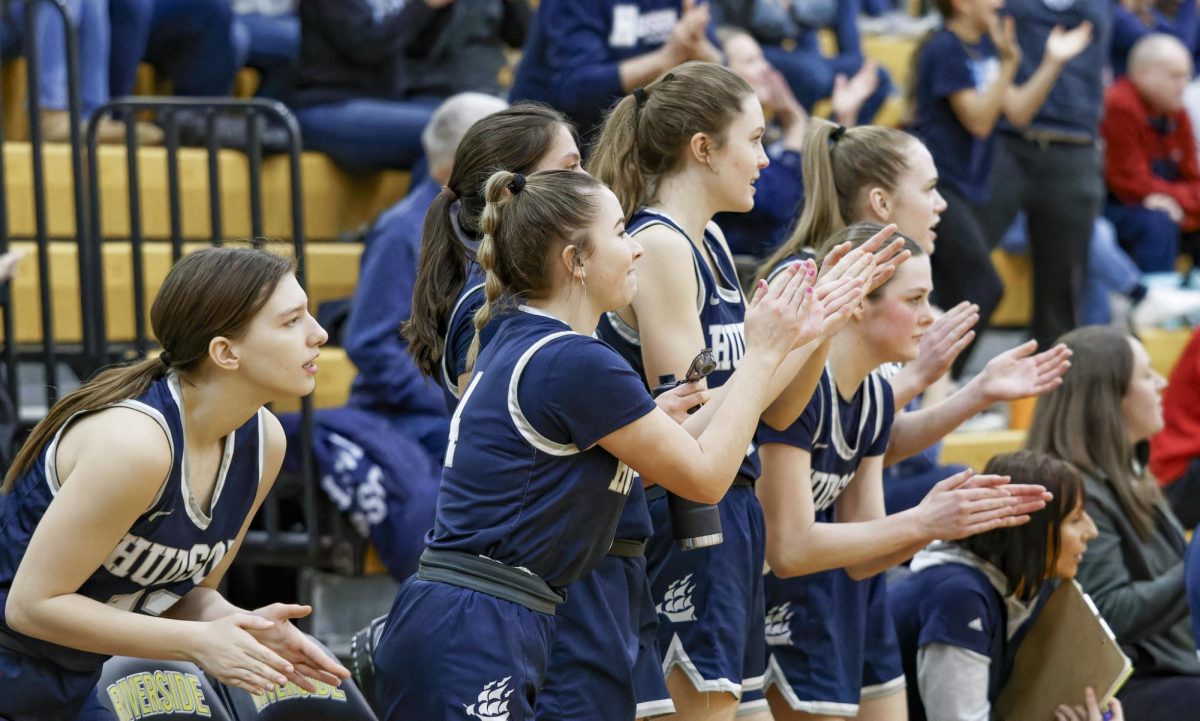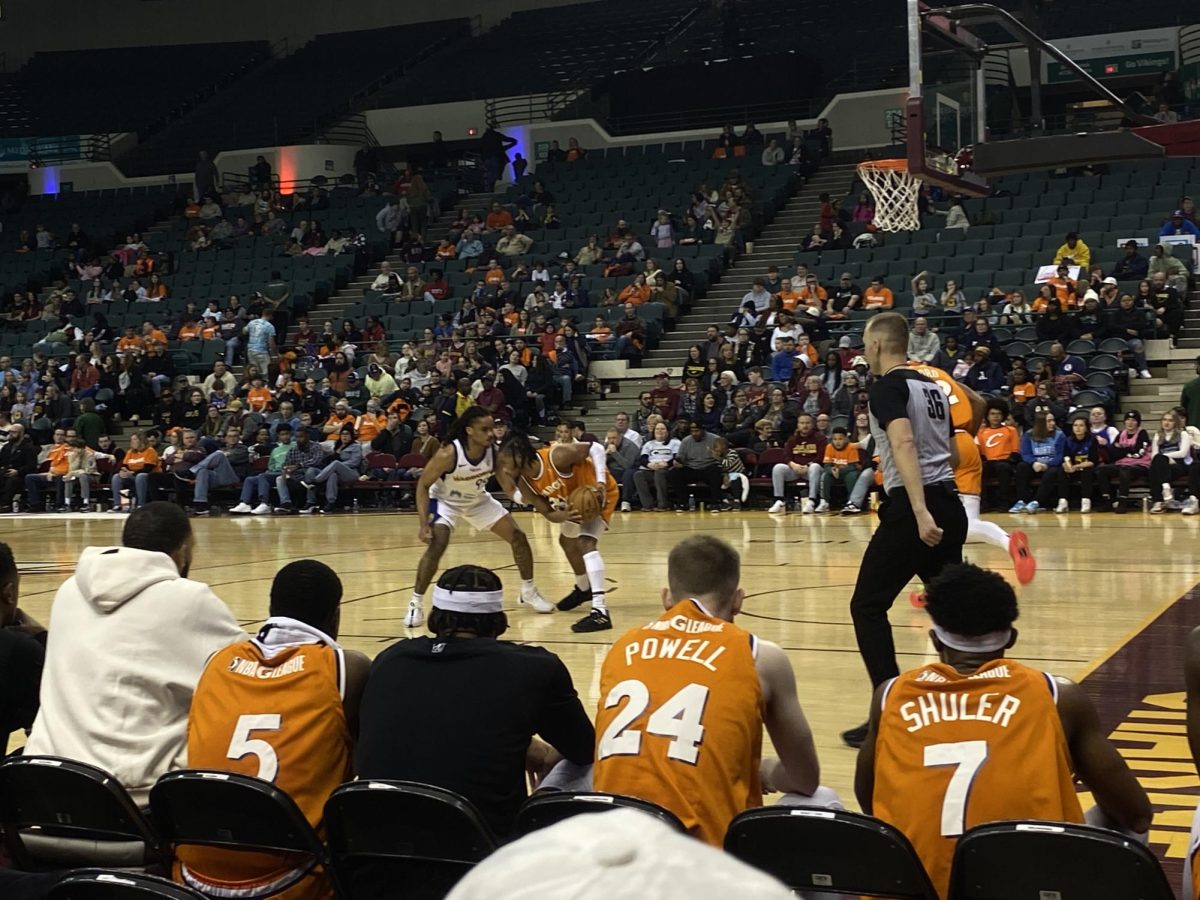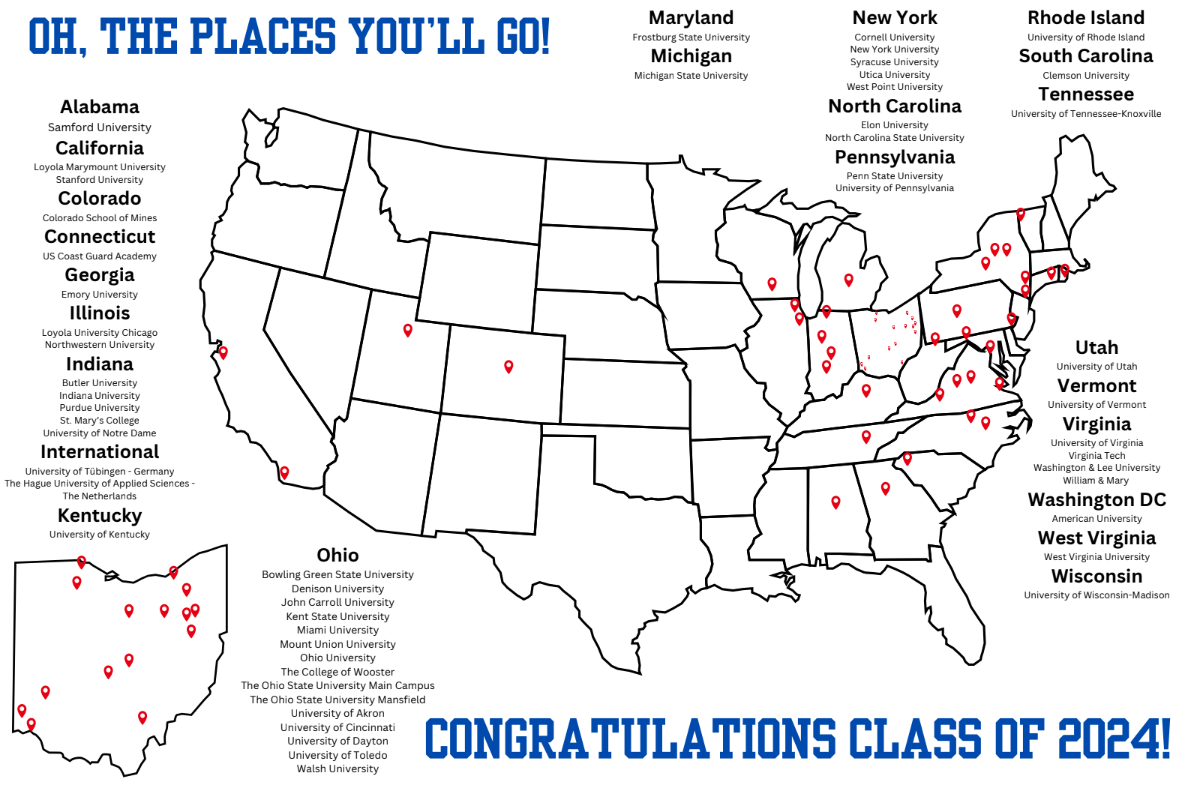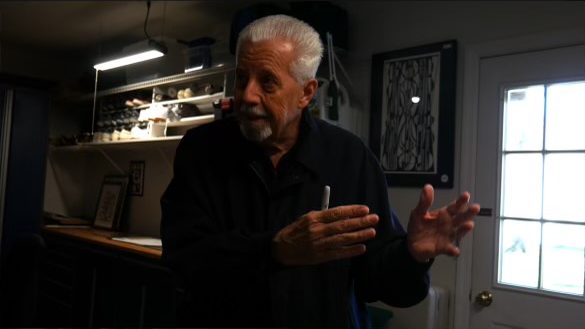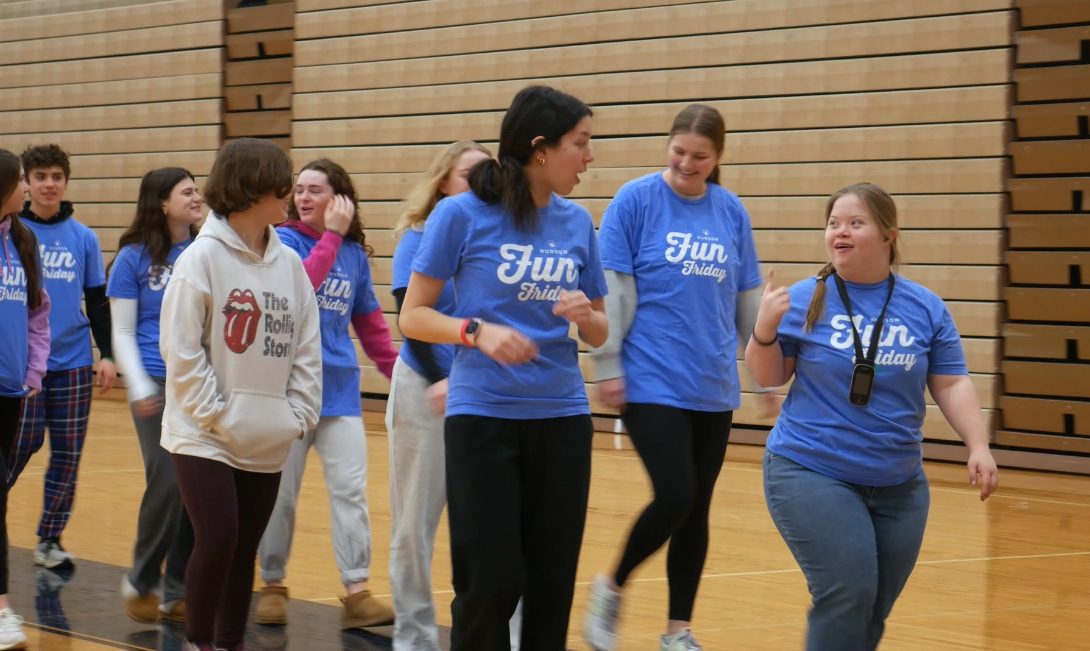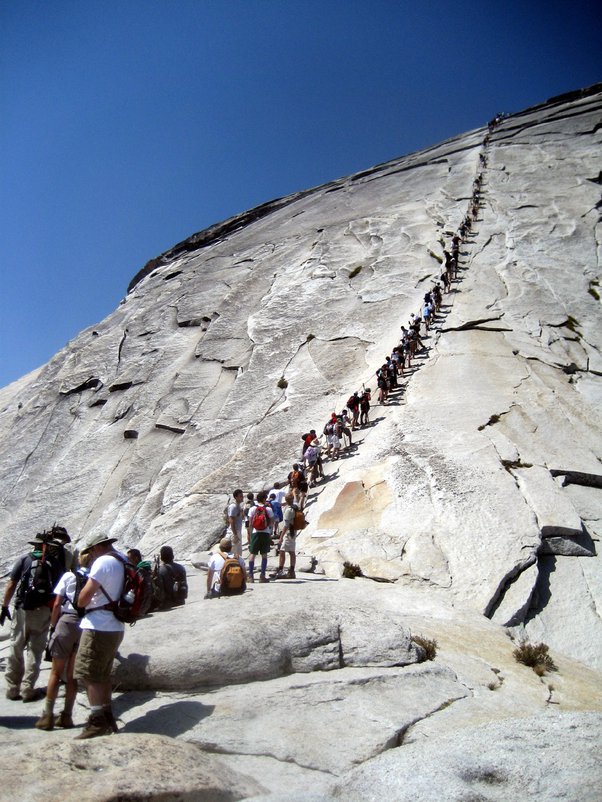The National Park Service protects over 85 million acres of natural resources and historic sites across the country, preserving some of nature’s most precious natural sites and wildlife. When a new space becomes a national park, it could receive anywhere from 140,000 to thirteen million visitors each year.
The goals of the national park system are to instill a feeling of wonder and appreciation for the outdoors while preserving and protecting them. Crowds upon crowds cluttering the parks are slowly deteriorating these beloved pieces of nature.
When a national park gains such a large influx of visitors it is hard for the natural resources to remain untouched because humans tend to leave a trace. While visiting Grand Canyon National Park, Lucy Bechtel said, “I did see littering and while I was walking down the path there was a lot of trash.” We are causing damage to the very natural resources the park system is trying to protect.
When we turn a remarkable piece of nature into a national park, the surrounding area is industrialized, the wildlife is impacted and the natural beauty is disturbed. According to “The Daily Utah Chronicle”, “With the increase in tourism, we’ve also seen a drastic increase in vandalism at nearly every park. Most recently, Zion National Park reported damage from carvings, permanent markers, and spray paint.” Although many visitors take care of the parks while visiting, many leave an unfortunate negative impact.
The most popular parks including Zion, Arches, Grand Canyon and Great Smoky Mountain National Park have added methods to prevent an over-condensed park. Some of the methods include hiking permits, shuttling services to help with parking and camping permits. “Despite the immense vastness of most national parks, many can feel almost claustrophobic at times due to swarming crowds. At least three of the busiest parks—Arches, Glacier, and Rocky Mountain—require a timed-entry reservation to enter for much of the day during the high season, while snagging a campsite on recreation.gov during the prime summer months in many parks feels nigh impossible,” explains National Geographic.
Even the crowds at less popular parks such as Acadia National Park are starting to become heavily impacted by the swarms. The U.S. Department of Interior found, “In 2017, Acadia National Park’s visitation reached 3.5 million, an increase of 60% from ten years prior. The high volume of people visiting destinations along the Park Loop Road during peak times is causing gridlock, visitor conflicts, crowding, safety issues, resource damage, and of particular concern, delays in emergency response.” Acadia is one of the many parks becoming unsafe because of visitors.
Acadia in response to the crowds started implementing new measures to protect the natural treasure of the park. “In 2021, Acadia implemented a vehicle reservation system, as approved in the park’s Transportation Plan, at Cadillac Summit Road during the peak season,” continued the U.S. Department of Interior.
When diving into the cause of their popularity it is important to look at the reasons why specific parks are receiving such an influx of visitors compared to other parks and one of the main reasons is social media. Tourists are looking to recreate the perfect photo they saw online. In an article by The Guardian, Maschelle Zia said, “People don’t come here for solitude. They are looking for the iconic photo.” Although spreading awareness of the National Parks may be seen as a helpful tactic, this influx of visitors is making it more difficult for not only the national park rangers, but also the wildlife who live at these popular parks.
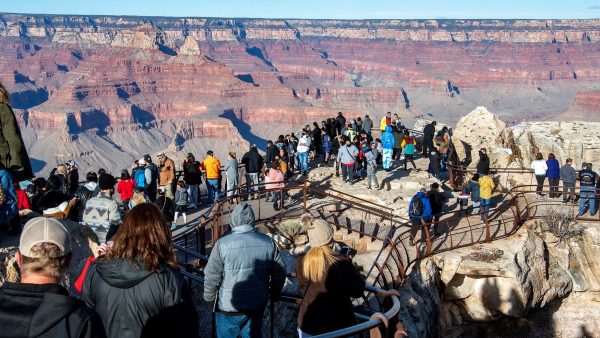
In an article by the Guardian the popularity of the parks was explored, “Across America, national parks and public lands are facing a crisis of popularity. Technology, successful marketing, and international tourism have brought a surge in visitation unlike anything seen before. In 2016 and 2017, the national parks saw an unprecedented 330.9 million visitors, the highest ever recorded. That’s not far off the US population itself.”
With these new measures, there are many benefits but some argue they negate the founding principles of the national parks, “The preservation of our most magnificent and meaningful places for public appreciation and recreation,” according to the NPS website. With timed entries and many hard-to-get permits, the idea of opening the parks for public appreciation seems to be thrown under the rug.
The parks know to continue their positive impact on nature there needs to be changes added to how people visit them. The Department of Interior explained, “Parks are also working with local and regional tourism entities to develop strategies for promoting sustainable tourism and to coordinate messaging. We are working with the public, partners, and local communities and businesses to explore different tools and techniques that could help improve how visitors get to and experience popular features”.
Although many people think that while visiting the national parks you can still feel like you are in a remote part of nature. Maddie Halford a national park frequenter said, “Going on long hikes that most people aren’t up for, waking up early instead of midday, finding less popular attractions that are just beautiful,” are some of the many ways to experience the vastness of the most popular parks without the claustrophobic feel of swarms of people on the trails or visiting the landmarks.
One of the other ways to experience a national park is to take a trip to the National Park of American Samoa, which only around 2,000 people visit everywhere, due to its location in the middle of the Pacific Ocean and the only national park in the south of the equator. “Even among the 63 natural expanses that have “national park” in their proper names, there are parks where visitors number in the thousands or tens of thousands – far short of the nearly 13 million that visited Great Smoky Mountains National Park in 2022.” stated by Marnie Hunter in, “The least-visited national parks in the United States in 2022”
There are many other non populated parks such as the five national parks in the state of Alaska including Gates of the Arctic, Kobuk Valley, Lake Clark, Katmai, and Wrangell-St. Elias. “With more and more travelers heading out for the busy spring and summer seasons, the least-visited national parks have a lot to offer those who venture off the most well-worn paths,” continued Hunter.
Some other ways to experience nature in its purest form are to visit state parks as stated in a Forbes article, “Still, national forests “offer a more remote, intimate, and immersive experience in many ways,” says Shayne Martin, a U.S. Forest Service national spokesperson. “It’s a throwback experience, similar to what your parents or grandparents might have had in a national park years ago.” National Forests, State Parks, and local community parks offer other ways to get off of the beaten path and experience a more true form of nature with fewer disturbances to the trails or wildlife.
Some visitors have been able to experience some of the most popular parks by doing some extra steps in preparation for the crowds. Student Maddie Halford continued, “If you actually take the hike instead of driving to certain landmarks, you will see a much prettier view with much fewer people”. The most popular trails will be crowded during the busy months but doing the long and difficult trails can almost guarantee great views without the crowds.
Another student, Eila, explained her experience of hiking trails at the popular parks, “Once you got on the path though, it spread out. It also depended on the difficulty of the trail.” Take into consideration the difficulty of hiking you are planning on doing before choosing your trails in order to ensure the least amount of people and safety while hiking.
The National Park system is incredibly important in maintaining some of the most important pieces of nature in the United States, but so are we. At the rate we are populating these parks humans will end up having more of a negative impact on them than positive when protecting the national parks needs to be our number one priority.











